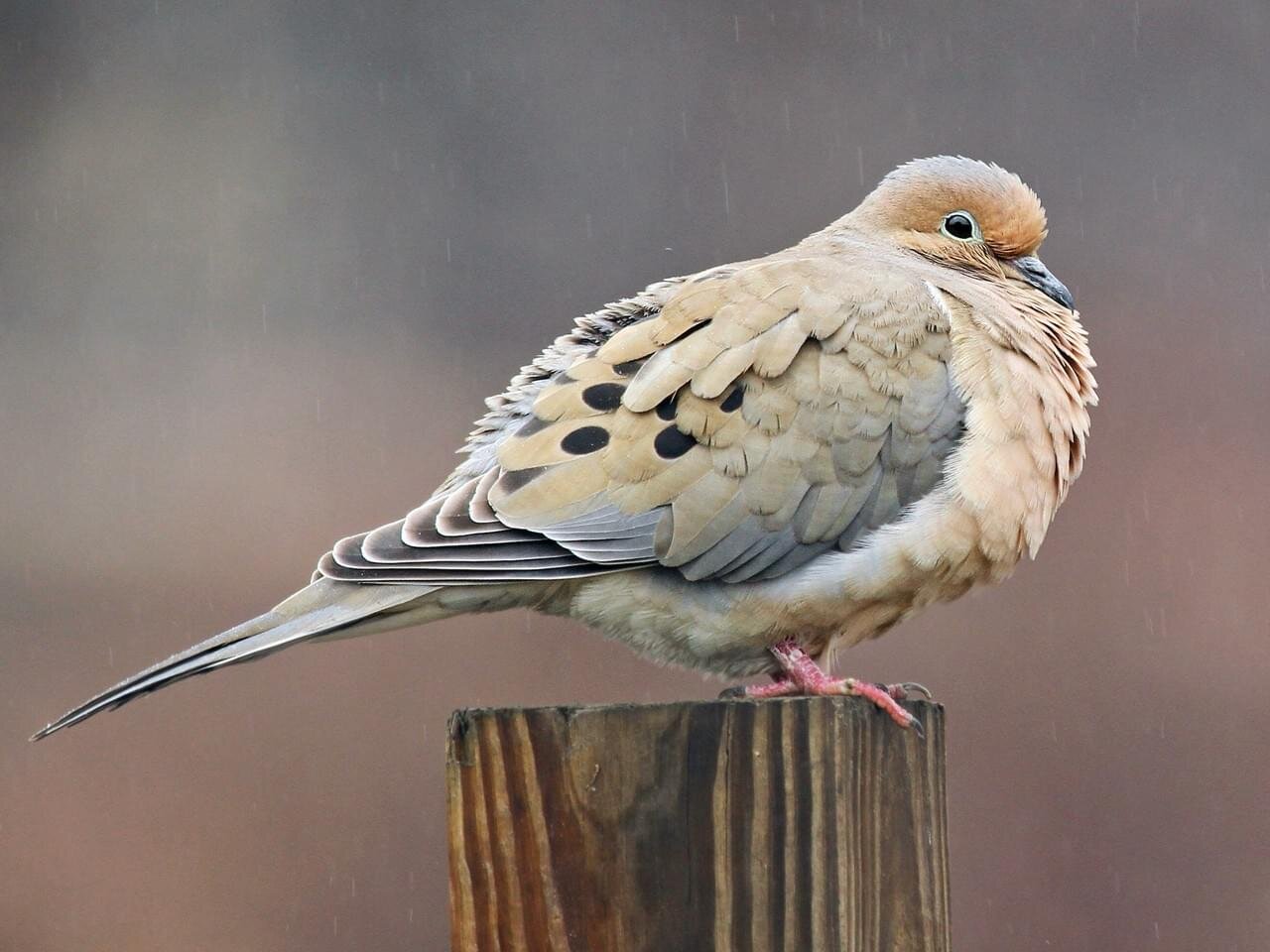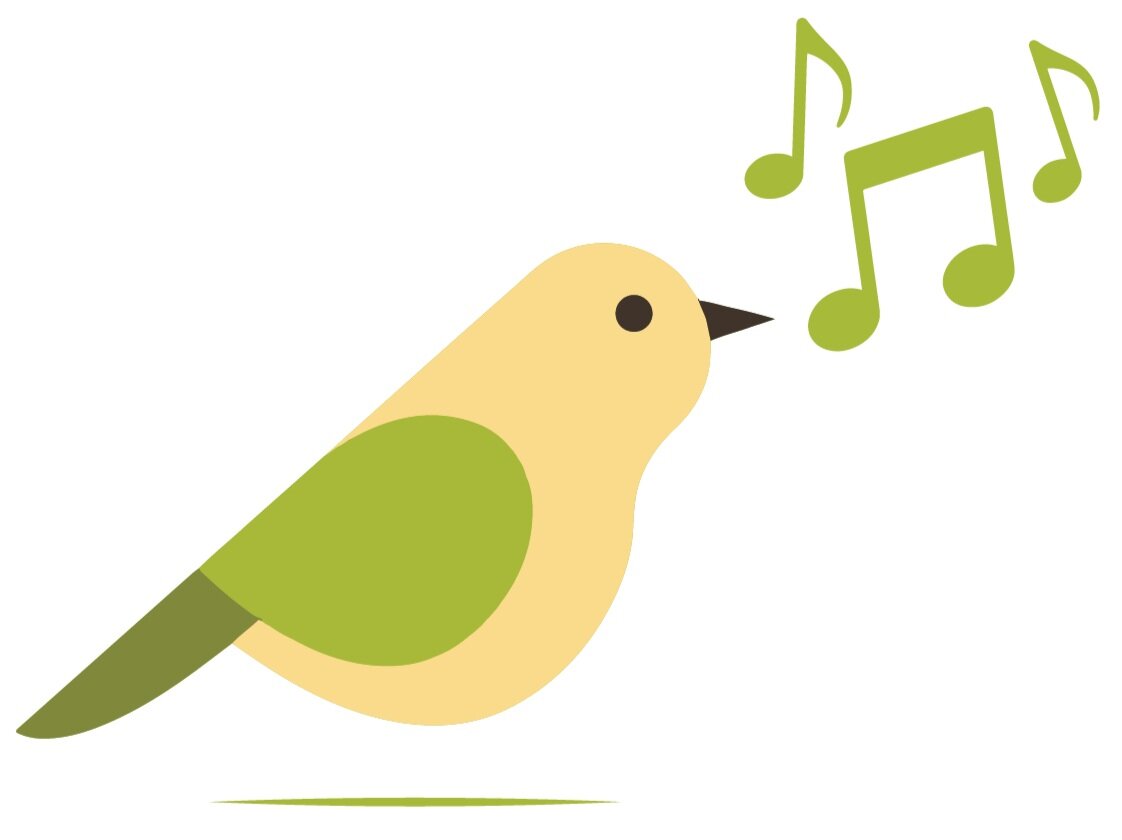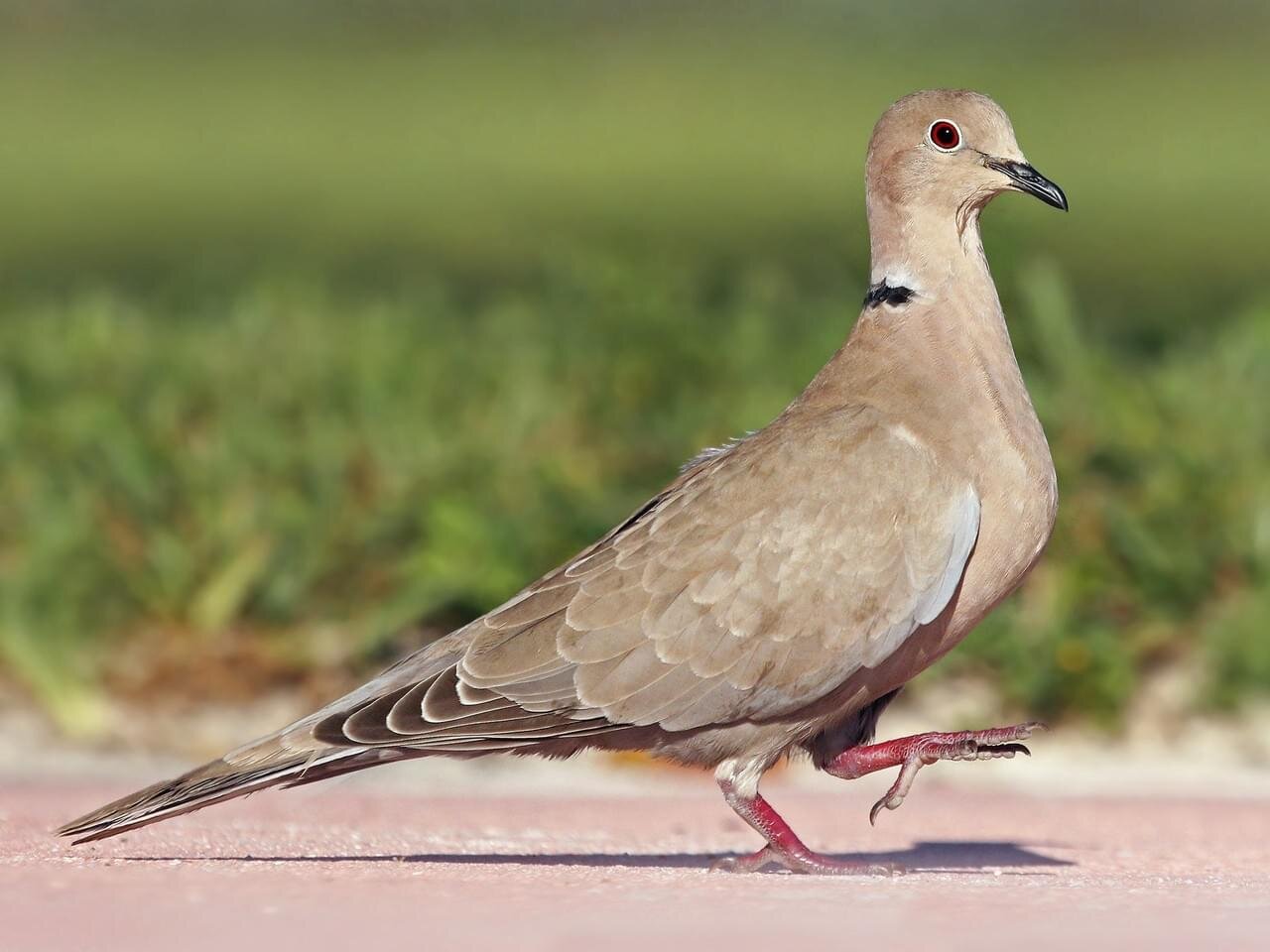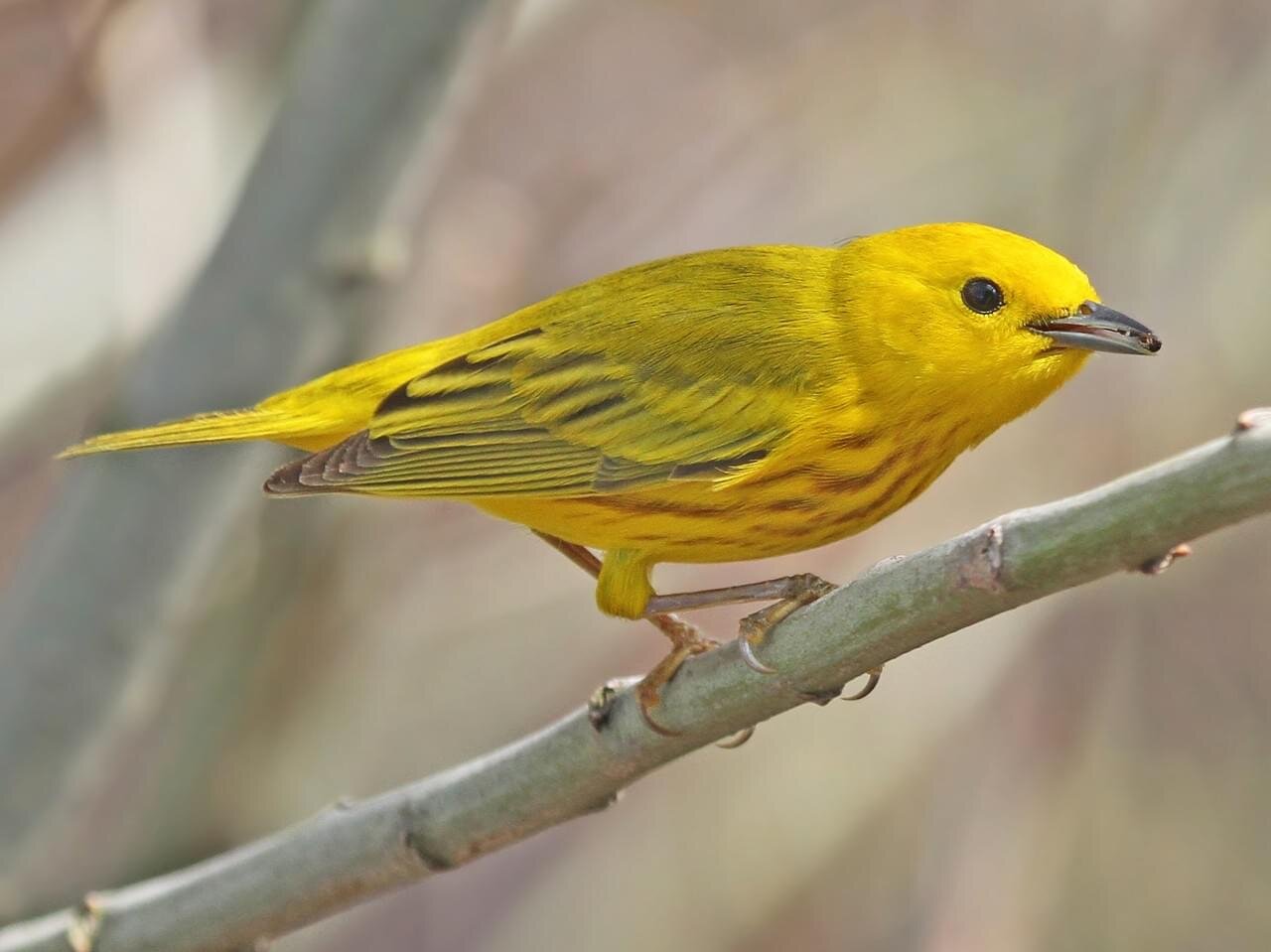Birding Basics
So you want to try birding? We got you! Here’s a step-by-step tutorial on how to get started with birding, tools you can consider using, and how to spot birds in your area.
Lesson 1: What is birding about?
Activity: Bird Haiku
Activity: Bird Behavior Dance-off
Extension Activity: Feederwatch Report
Lesson 2: your birding tools
Activity: The Birder’s Ear
Activity: Naked Birding
Activity: Binoculars or No Binoculars?
Extension Activity: DIY Binoculars
Lesson 3: How to bird
Activity: Something on time of day / places to go
Activity: Bird Pictionary
Activity: Describing the Perch
Activity: Spot that Bird!
Extension: Backyard Birding exercise
Lesson 4: Bird, Bird, Bird
Activity: Make a list!
Activity: Birding on your phone
Extension Activity: Report a list
Extension Activity: Search for Hummingbirds!
Lesson #1 - What is birding about?
Introduction
What is birding?
Birding is a past time enjoyed by people all around the world! Defined as the hobby of looking at birds, birding can be done by anyone and almost everywhere. Why? Birds exist on every continent and in every environment in the world!
What does birding look like?
Simply by looking at or listening for birds, you are birding! There is no need for special equipment; everyone has tools already at their disposal to enjoy birding. The activities here will take you through these tools, and offer additional resources.
People who enjoy birding may call themselves, and be called, birders. Birders can imply someone who is very intense about keeping lists of what they see and traveling long and far to see birds. In reality, a birder is a title to describe someone with an interest in birds. For this reason, looking at birds outside of your window is enough to call yourself a birder. Wear the title as a badge of pride to inspire friends and family to do, so!
Why do people enjoy birding?
For some, birding involves a poetic appreciation for the beauty of birds. For others, birding is an excuse to get outside, enjoy fresh air, and relax the mind. Some people have a deep curiosity about the lifestyles of birds and study their behaviors, patterns of flight, and song, among many other topics related to birds.
Birding can also be scientific. Ornithologists are scientists who study birds by taking notes, or data, on what they observe, or see, when they are out birding. Community scientists are everyday people, from all backgrounds and experience levels, that add taking data to their past time of looking at birds in the wild. Community science has lots of benefits for ornithologists, the community scientists, and the birds! At Tracy Aviary, our team of ornithologists work alongside community scientists to understand the habits of birds in Salt Lake and then use this information to consult the city and residents on how to provide healthy homes for birds.
Lesson #2 - Your Birding Tools
Introduction
Luckily, you can bird by using some very simple tools already at your disposal. This lesson will take you through activities that discuss what you will need to bird, and what you can add to your birding toolkit if you chose to make investments in the hobby of birding. The latter activities offer free or cheap alternatives, especially for children!
Activity - The Birder's Ear
Instructions here on learning cupping technique. Done in pairs/groups or alone. In pairs, game of telephone across a room or field outside. Then, pick a bird from the common birds list, go outside and listen for that bird with and without the birder’s ear.
Instruction
Instruction
Instruction
Extension - Bird Song Meditation
Entry form here on experience with cupping
Activity - Naked Birding
Scandalous, you say? Fear not—we do not want you to go outside without clothes on while birding. “Naked birding” is a fun gimmick for birding with your eyes only (without binoculars). While it’s a common perception that you need binoculars for birding, a lot of birders and even ornithologists will simply rely on their eyes.
This activity will help you train your eyes to pick out a bird from the rest of your surroundings, and to follow the bird as it moves through the space. Then, you will be challenged to go outside and practice this skill!
Activity - Power of Words
Activity on skill involved in describing where a bird is perched.
Activity - To use Binoculars, or not to use Binoculars?
It’s up to you and the type of birding you would like to do. Some people like to have binoculars, and some do “naked birding”—birding with the naked eye!
On Binoculars: Binoculars can be a useful tool for spotting birds that are far away, or seeing birds up close, but in more detail. Many smaller binoculars, used for hunting because they are lightweight, can be as little as $8. Larger binoculars can cost beyond $500! Keep in mind, the pricier pairs tend to have great warranties.
Suggested: For kids and true beginners, binoculars in the $6-12 range are perfectly fine! Once you decide you want to spend more, you can begin to explore a bigger investment.
Watch the video: Beginning Birding 101 to learn about binoculars!
Answer the questions about the video (below).
Extension - DIY Binoculars
Embed education’s DIY Binoc graphic here and link to Virtual Aviary Resources.
Activity - Match the song to spectrogram
Scroll down through each bird to listen to their song. Then, enter the spectrogram that you believe matches the song. Here are some hints:
Count the notes as the bird sings. Use this count to look for how many notes appear in a row in the spectrogram.
Notice where the pauses are between songs. See where the blank spaces is on the spectrogram; this is the pause.
Can’t wait learn which bird is in each spectrogram? Click each spectrogram to find out!
Scroll down for the answers!
This activity is adapted from Bird Song Hero, a lesson from the Cornell Lab of Ornithology
1. Which spectrogram do you think belongs to the Mourning Dove?
Birding Tip for Mourning Dove in SLC: “As you get further away from people, you’re more likely to hear my mournful cooing! A good place to spot me are foothills of the mountains and parks along the Jordan River Trail that have fewer people, like James Madison Park. This just happens to be where the Jordan River Nature Center is.You can spot me by paying this park a visit!”
Have you seen this bird? Tell us about where and when you see it on Facebook!
2. Which spectrogram do you think belongs to the Eurasian Collared-Dove?
Birding Tip for Eurasian Collared-Dove in SLC: “Wherever people are, you can find me, too! I tend to perch out in the open on telephone and electric wires and the tip tops of trees. To tell me apart from the Mourning Dove, look for my ‘collar’ (a black stripe on the back and side of my neck) and the white tail feathers, seen in flight! A good place to spot me is from the parking lot in front of Tracy Aviary’s Gift Shop, in Liberty Park.”
Have you seen this bird? Tell us about where and when you see it on Facebook!
3. Which spectrogram do you think belongs to the Bullock’s Oriole?
Birding Tip for Bullock’s Oriole in SLC: “I look for habitats with water and forest edges. The Jordan River Parkway Trail is great for me, because there are trees lining a river and open meadows close by! I’m also a master weaver and make unique, tear-dropped nests that hang from tree branches. Next time you’re on the trail, look up into the tip-top of the trees and look for these nests!
Have you seen this bird? Tell us about where and when you see it on Facebook!
4. Which spectrogram do you think belongs to the Yellow Warbler?
Birding Tip for Yellow Warbler in SLC: “I look for habitats next to water. In Salt Lake, you can find me in willow bushes and in trees along the Jordan River Parkway Trail and in the island of Liberty Park Pond! I hop about in the branches of trees, too. Look for a flash of yellow, moving quickly from branch to branch, and tends to stay in the middle height of the tree.”
Have you seen this bird? Tell us about when and where you see it on Facebook!
5. Which spectrogram do you think belongs to the Western Tanager?
Birding Tip for Western Tanager in SLC: “Each spring, I migrate into Salt Lake City from Mexico and Central America into the wooded canyons surrounding the city! A great spot to see me is from the parking lot for the City Creek Canyon Trail or from the trail itself. Take the trail, and then scan the canopy of the trees opposite of the trail for a flash of yellow and red! I stand out against the dense, green leaves of the trees.
Have you seen this bird? Tell us about when and where you see it on Facebook!
Answers: 1. Spectrogram A; 2. Spectrogram B; 3. Spectrogram C; 4. Spectrogram C; 5. Spectrogram A
Extension Activity - East Coast vs West Coast Birds
Can’t get enough of spectrograms? Keep quizzing yourself with the Cornell Lab of Ornithology’s Bird Song Hero Spectrogram Quiz. Please note, because Cornell is in Ithaca, NY, this video features birds found east of the Rockies.
Bonus challenge: Many of the eastern birds are similar to species in the western United States. Take the Bird Song Hero Spectrogram quiz, then use the links below to see similar species, found in Salt Lake, and compare their songs.
East Coast
Extension Activity - DIY (Draw it yourself)
Try visualizing bird song on your own by listening to a song, and then drawing what you think the spectrogram would look like.
Instructions: For this activity, you will need a pencil and a piece of paper.
Draw a line down the middle of the page. Then, in rows, draw rectangular boxes on each side of the page. These will be your spectrograms for each bird.
Label the column on left “My Spectrogram” and the column on the right “The Bird’s Spectrogram.”
Label each row by the bird (listed below). Your page should look like this:
Listen to each track, and draw in the rectangles in the left column labeled “My Spectrogram.” This will be what you think the spectrogram would look like. Count the notes, and makes the lines thicker where you think the bird is singing loudest.
Then, click the link “This Bird’s Spectrogram” to see what their spectrogram actually looks like. Draw this image into the rectangles on the right labeled “The Bird’s Spectrogram.”
Compare and contrast: How did you do? Take notes in each row!





















